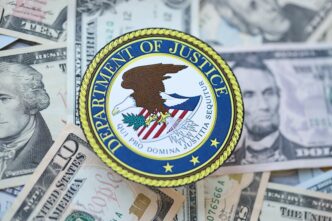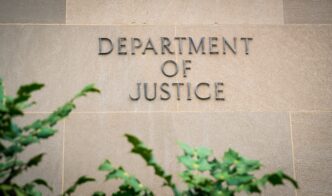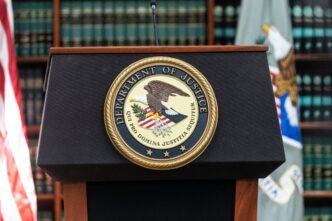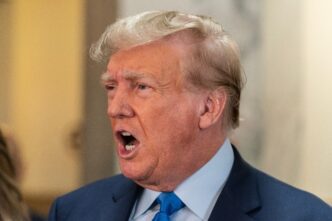The recent lifting of the commercial fishing ban in the Pacific Islands Heritage Marine National Monument has sparked a significant debate among various stakeholders. A day after President Donald Trump revoked the ban, which was initially imposed by former President Barack Obama, the Hawaii Longline Association described the fishing activities in these waters as “sustainable and highly monitored.”
The executive order has faced criticism from several environmental groups, including Earthjustice’s Mid-Pacific Office, as well as U.S. Senator Brian Schatz. Despite this, the Hawaii Longline Association maintains that ocean protection and sustainable fisheries can coexist. However, it remains uncertain when Hawaii’s fleet of 150 longline ships will be permitted to operate within the monument, as the executive order requires further regulatory processes.
Eric Kingma, the executive director of the Hawaii Longline Association, emphasized the importance of not allowing politics to cloud public perception of the ban’s implications. He highlighted that the fishing activities are strictly monitored and primarily occur within U.S. waters, thus reducing competition with foreign fleets. Kingma also noted the economic significance of the longline fishing industry in Hawaii, which supports 10,000 jobs and contributes between $800 million and $900 million to the state’s economy annually.
Economic projections regarding the impact of lifting the ban are yet to be established. However, Hawaii’s fishing vessels will benefit from avoiding foreign competition. Enforcement of regulations concerning foreign-flagged ships in the monument is the responsibility of the U.S. Coast Guard and the National Oceanic and Atmospheric Administration’s law enforcement unit, though there are concerns about potential cuts to NOAA’s budget affecting enforcement capabilities.
The Papahānaumokuākea Marine National Monument and the Pacific Remote Islands Marine National Monument, established by President George W. Bush in 2008, are among the world’s largest protected areas. The Pacific Islands Heritage Marine National Monument, covering approximately 490,000 square miles, includes diverse marine habitats and several national wildlife refuges. The commercial fishing ban within these areas was part of a broader effort to protect marine ecosystems.
While previous studies have shown mixed results regarding the ban’s effectiveness, the Hawaii Longline Association argues that their operations target migratory species in deep waters, far from coral reefs. Thus, there is no involvement in seabed mining or other destructive activities.
Amidst the ongoing discussions, the Western Pacific Regional Fishery Management Council has announced statewide meetings to deliberate on the future of Hawaii’s fisheries, reflecting the ongoing complexities and competing interests surrounding marine conservation and commercial fishing in the region.






